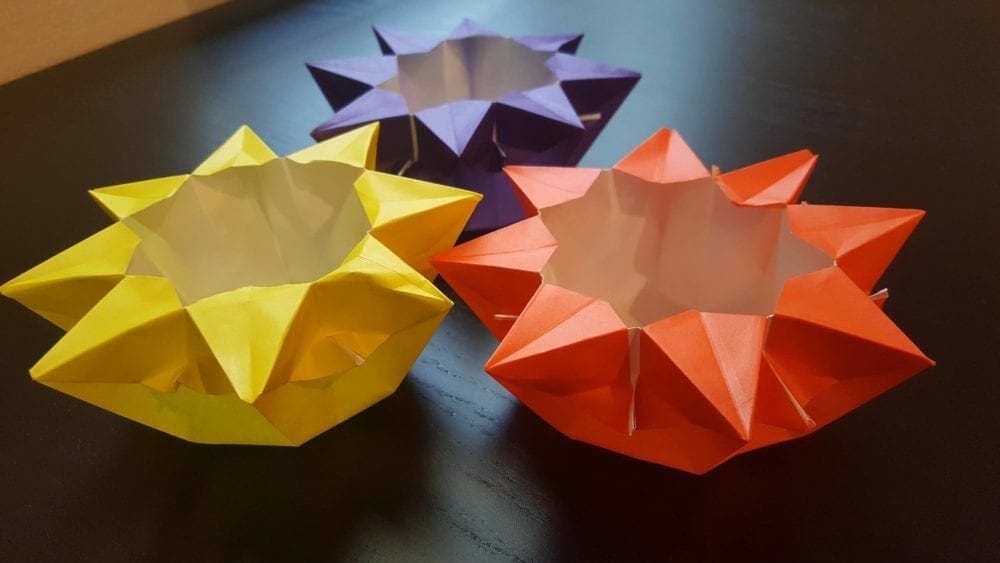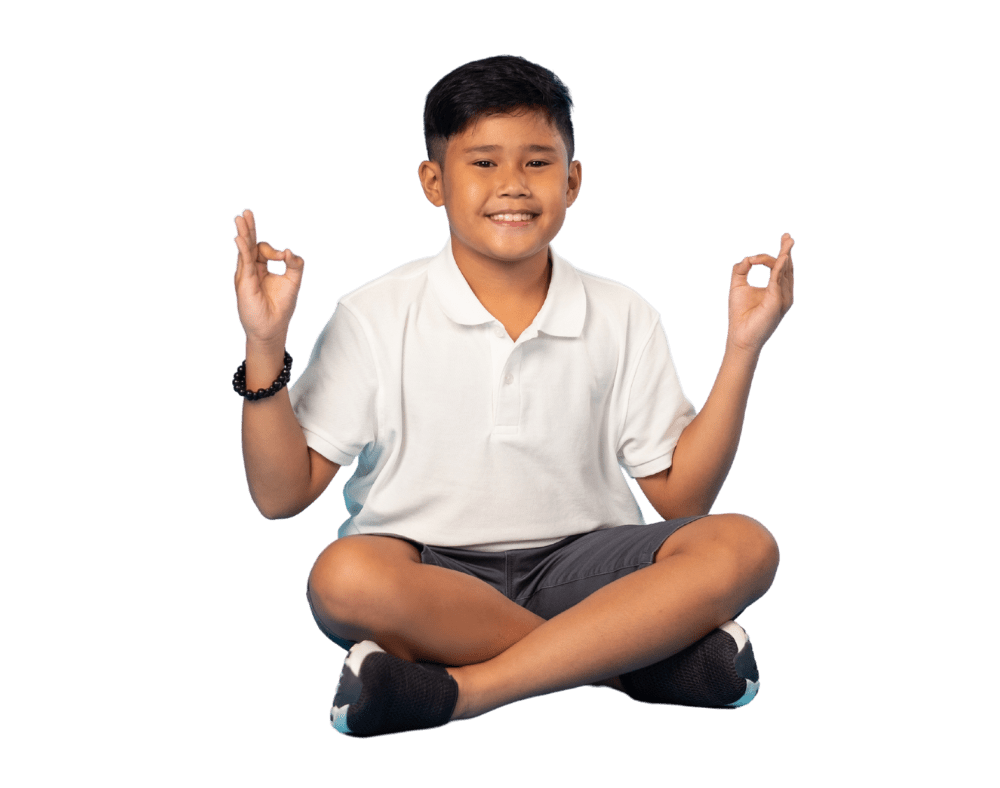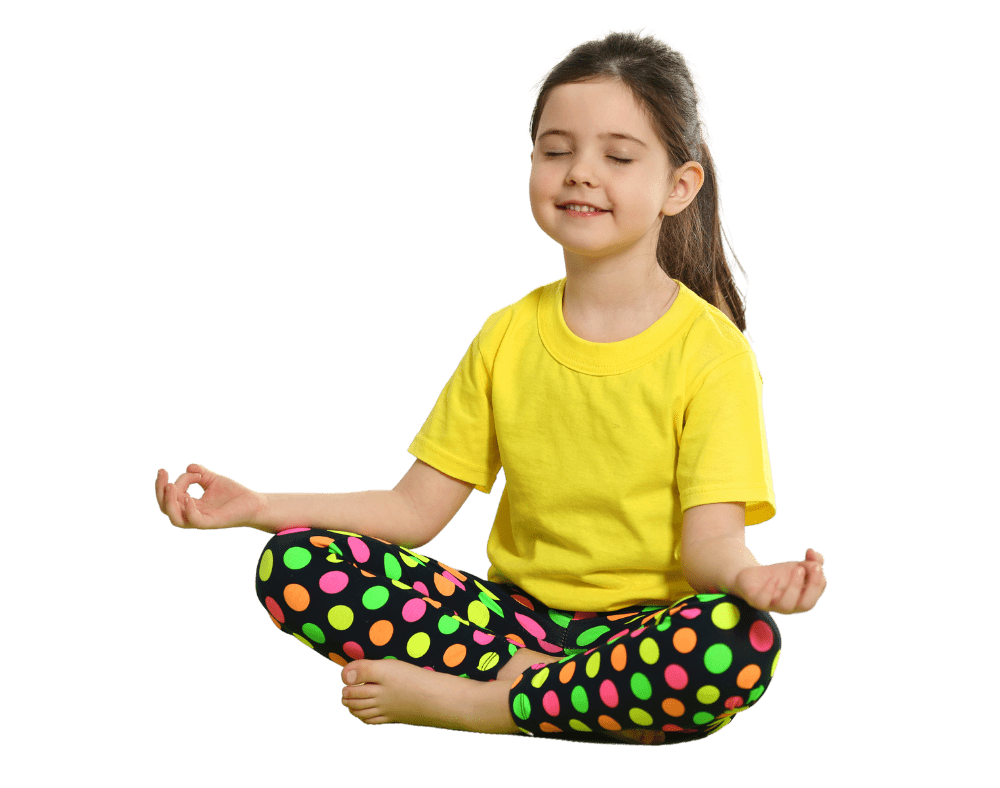What is sangha? What is a sangha and how can we bring this element into kids’ yoga classes? Sangha is a community, specifically a spiritual community. The term began in the Buddhist tradition to refer to monastic communities and it is also used to refer to communities of yoga practitioners. Since kids’ classes are so social and interactive they are the perfect place to create a sangha. It’s easy to include kids from all cultural and religious backgrounds if you focus on the universal aspects of the holiday season.
Some things to consider: Swami Satchidananda taught that ‘Truth is one, paths are many.” During the holiday season, we can explore the common ground of various traditions. For example, in the months of November and December, the theme of light prevails in holidays around the world.
Before I get into the details of how to incorporate this in class, it is essential to think of the demographics of your class. In a diverse setting with kids from different backgrounds, kids can share some aspects of their own traditions with the group. In a setting where most or all of the kids have similar backgrounds, it can either be a time of linking that common ground to yoga or of diving deeper into the shared link between their tradition and those of others. You might not know kids’ backgrounds, so you will have to ask the week before what kinds of holidays kids celebrate in December before using holidays and sangha as a topic.
Unity through diversity: As kids get to know each other through their similarities and differences, it is helpful to emphasize that sangha is inclusive and serves to expand both the individual mind and the community. In other words, it’s very possible for kids to first hear about sangha and think of some type of clique that only includes a certain type of person. Explain that a sangha is a group of people that practices yoga and agrees to support one another by finding a common ground, even when it seems there are more differences than similarities.
This brings us back to the theme of light: how can we use this idea to help kids realize that sameness is not necessarily better, and that variety can make for a stronger sangha? Here is where we can touch upon the true meaning of namaste and one of my favorite kids’ yoga songs, My Little Light by Kidding Around Yoga. Other songs you might include: This Little Light of Mine, The Light in You, or any other song that you feel will suit your group! Have a short chat about light and what it makes them think of or how it makes them feel. Depending on your group, this can bring up a lot of different ideas, so be open and don’t structure the conversation too much. After a bit, bring the discussion around to how light is related to yoga and the idea of namaste.
Light it up! Once the idea is introduced, here is a crafty activity for showing things can look different even though the same light is illuminating them. Get ready to make paper lanterns for a yoga game! If class time is short, you can make them ahead of class for kids to choose and use. For older kids, origami lanterns are a fun, visual way to 
First, arrange the kids in a circle with the light source in the center if possible. If it’s easier to have the light source at the front of the room and the kids all lined up facing it, that’s also fine. Each kid has a lantern to place on the light. Here’s where it gets physical (I know, you probably were wondering, “But where are the postures? And all the fun games where kids can use their bodies and do yoga?”).
Next, turn out the lights so the lanterns can really show up. Turn on some music that fits the theme, such as the songs mentioned above. As the music plays, designate one kid to go first. They start by getting into Crab pose and putting their lantern on their belly as they crabwalk to the light. Then they place their lantern on the light for three seconds (they count silently, or the whole class counts to three. The latter is usually a more 
Some variations:
- Instead of crab walking to the light, designate another way to get there such as walking in Cat pose, a walking version of Warrior 2, or hopping on one foot
- For larger classes, you can have them go in pairs
- Do the activity at the end of class during the closing circle and pass a flashlight around for kids to light up their lanterns.
Keep the sangha alive: I recently read an article about sanghas by Thich Nhat Hanh, a Buddhist monk. He mentions that he includes non-humans in a sangha (a meditation cushion, a tree, a rock). I love this idea as young kids are very imaginative and naturally give life to objects around them. This idea also paves the way for kids to find their sangha wherever they are and to practice at home.
The lanterns from the activity described here can become part of the sangha as they sit perched around the room or when kids bring them home. Remind kids that any objects that bring them peace or remind them of that common light in everyone can be part of their sangha. You can even bring this into the Peaceful Garden (guided meditation) portion of the class as you help them picture their garden and all the things about it that help them relax.
These are just some basic ideas to warm the kids up to the idea of sangha before they get more into how sangha helps them take actions and make choices in the group and in the community beyond yoga class.
Like what you read here? There’s so much MORE to explore and learn with Kidding Around Yoga. Check out our website for our live and online teacher trainings, Yoga Alliance-approved 95-hour RCYT trainings, specialty online courses, original music, merchandise, and beyond! KAY even offers an online course all about yogic philosophy (Raja Yoga Training).



